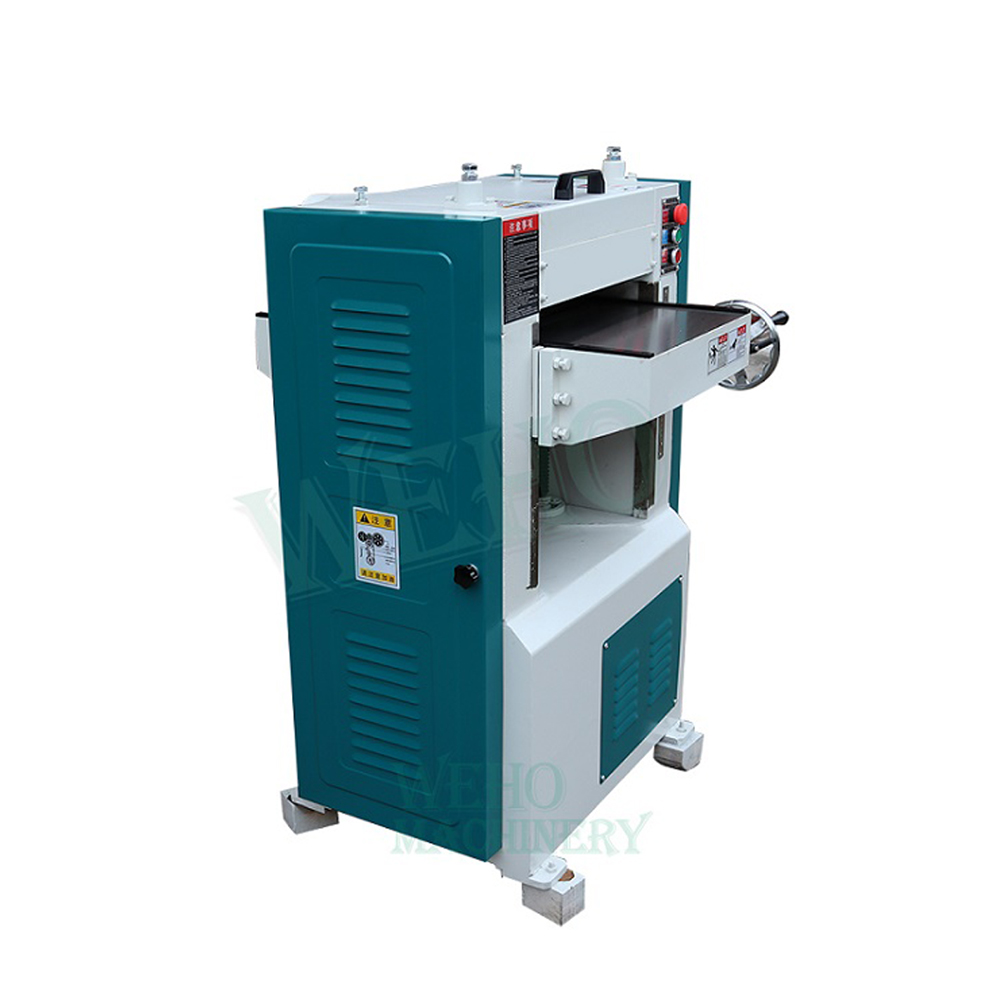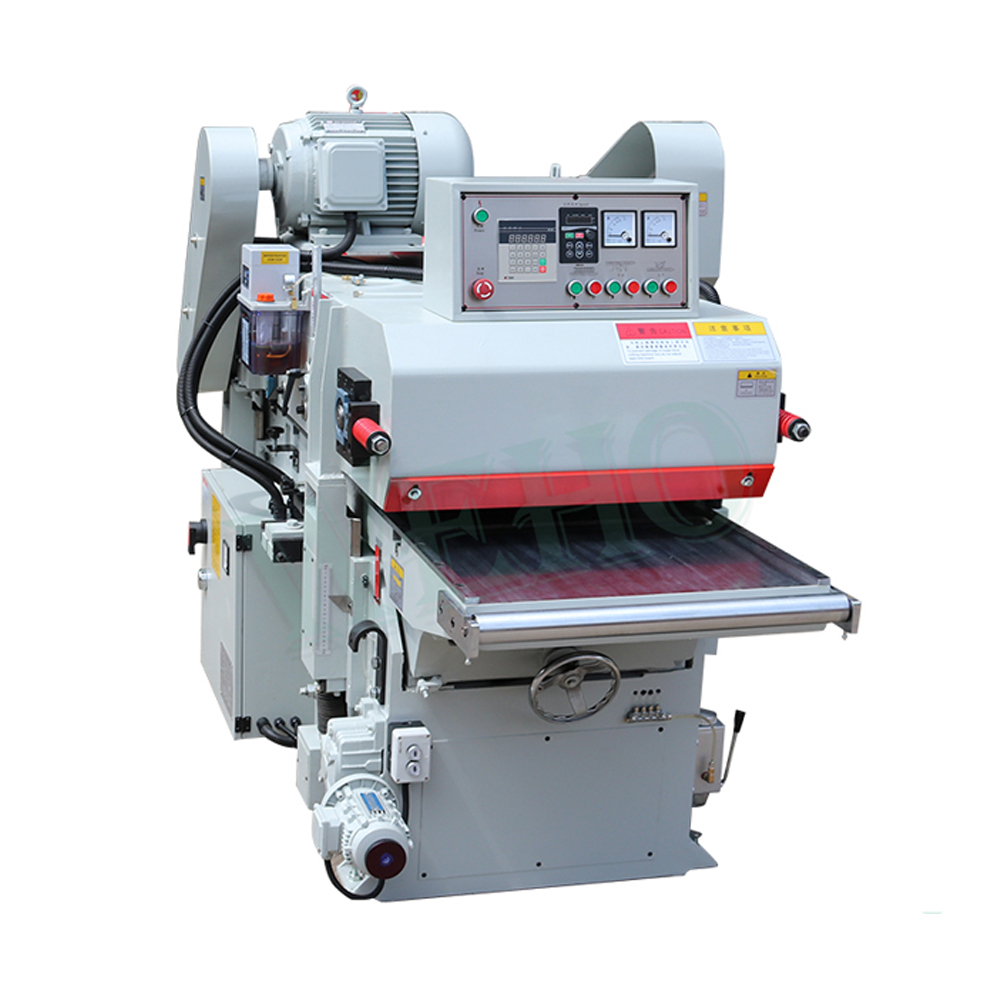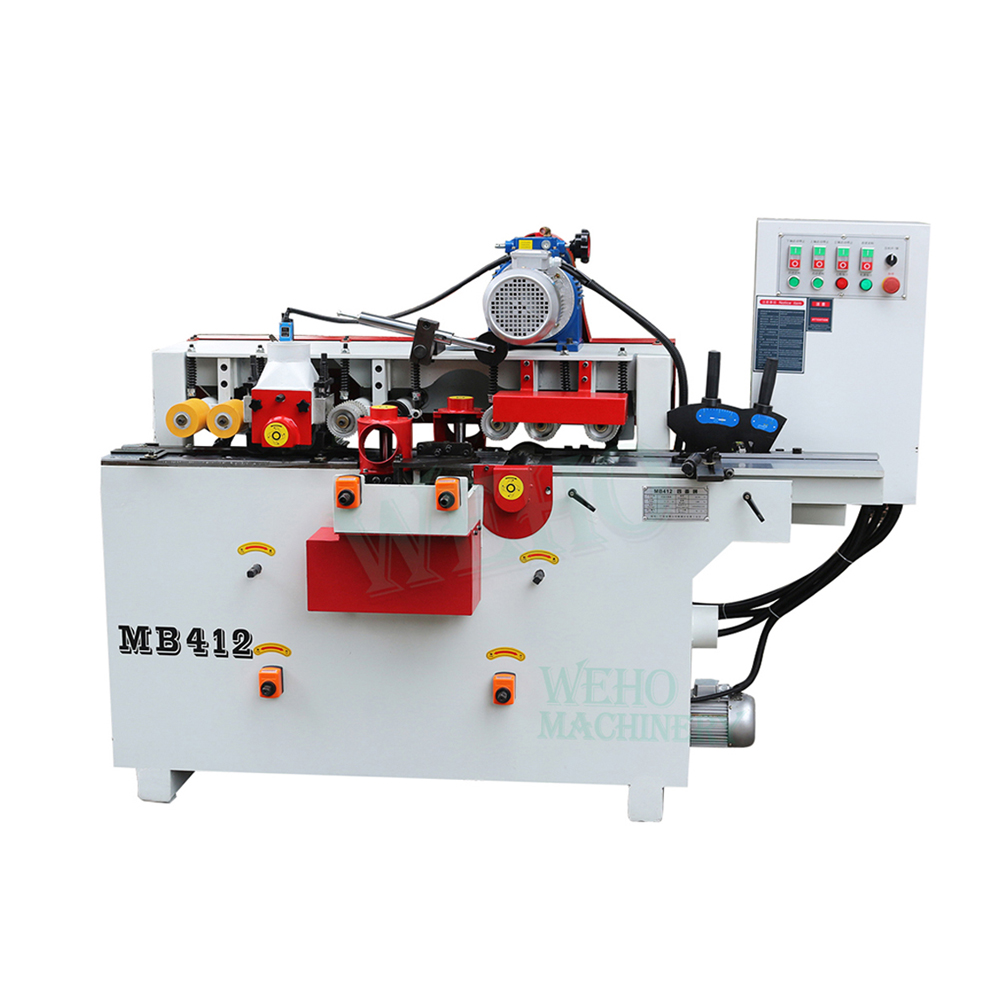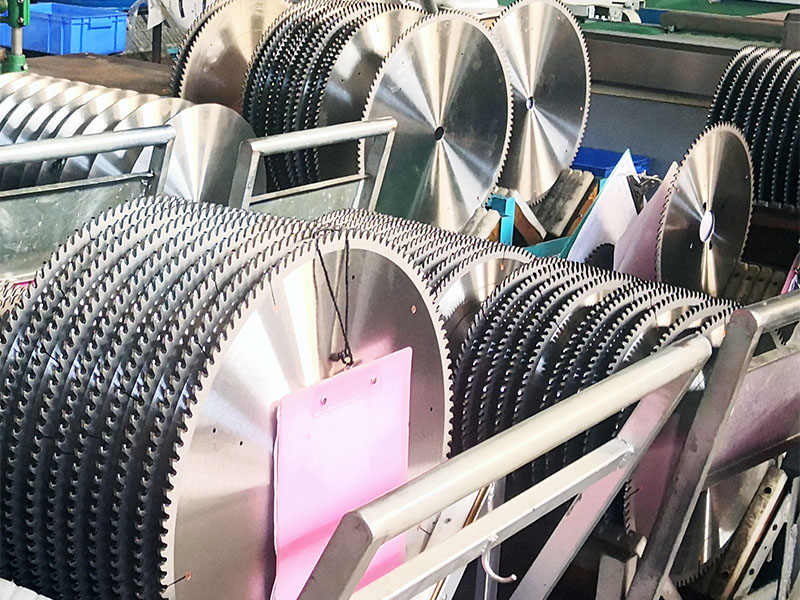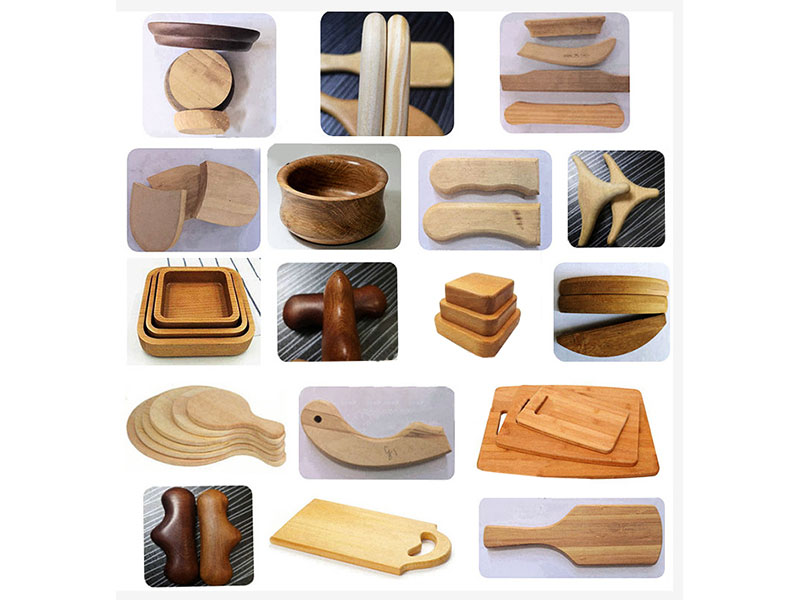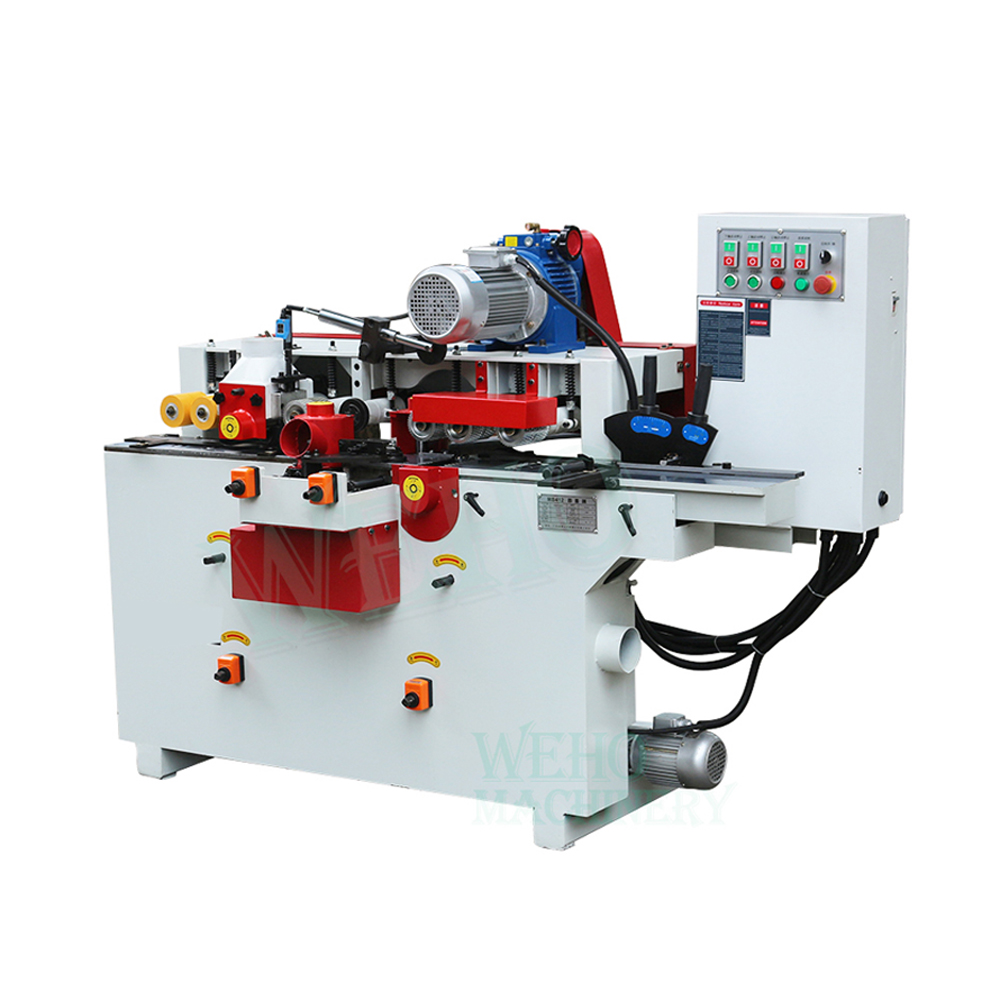
What Is A Wood Planer Used For?
A wood planer, often referred to as a thickness planer, is an essential tool in woodworking that serves multiple purposes. It is primarily used to trim boards to a consistent thickness, ensuring smooth and even surfaces. This tool is indispensable for achieving precise dimensions and a refined finish in woodworking projects such as furniture making, cabinetry, and flooring installation.
Types of Wood Planers
There are several types of wood planers, each suited for different tasks and environments.
Stationary Planers
Stationary planers are the largest type of electric planers. They are ideal for cutting large pieces of raw lumber to the appropriate size and are commonly used in high-volume applications due to their power and accuracy. These planers are perfect for large projects like building decks, where purchasing rough lumber and cutting it yourself can be cost-effective.
Benchtop Planers
Benchtop planers are smaller versions of stationary planers designed to sit on a workbench. They are suitable for garage workshops or spaces with limited room. Despite their smaller size, some models offer significant horsepower, making them effective for various woodworking projects.
Electric Handheld Planers
Handheld electric planers are compact tools comparable in size to circular saws. They are intended for smaller jobs and finishing tasks that require quick trimming or smoothing of small amounts of wood. However, they lack the power and adjustment options of benchtop or stationary planers.
Traditional Hand Planers
Before the advent of electric planers, craftsmen used hand planers. These manual tools are still preferred for jobs requiring precision, such as furniture making or trimming molding.
Functions and Benefits of a Wood Planer
A wood planer provides several benefits that make it a valuable tool in any woodworking shop.
Achieving Uniform Thickness
The primary function of a wood planer is to ensure boards have a consistent thickness throughout their length.This uniformity is crucial for projects that require precise dimensions and parallel surfaces. By using a planer, woodworkers can convert rough and uneven planks into precisely dimensioned pieces suitable for further processing or assembly.
Smoothing Surfaces
Planers excel at creating smooth surfaces by shaving off thin layers of wood. This process not only improves the aesthetic appeal but also prepares the wood for finishing processes such as staining or painting.
Cost Efficiency
Owning a planer allows woodworkers to purchase rough-cut lumber, which is often cheaper than pre-surfaced boards. By processing this lumber themselves, they can save money while ensuring the quality and consistency of their materials.
Tips for Using a Wood Planer
To maximize the effectiveness of a wood planer, it is important to follow certain best practices.
Avoiding Tearout
Tearout occurs when the planer blades catch on the rising wood fibers, tearing rather than cutting them. To minimize tearout, always feed the board into the planer with the grain direction running downhill. Additionally, limit the depth of the cut to 1/16 inch or less to reduce stress on the motor and prevent tearout.
Preventing Snipe
Snipe refers to gouges that occur at the beginning or end of boards during planning. To avoid snipe, use techniques such as feeding boards end-to-end or starting with longer workpieces that can be trimmed later. Lifting the trailing end of the board as it enters and exits the machine can also help maintain even pressure and prevent snipes.
Maintaining Planer Blades
Keeping planer blades sharp is essential for achieving smooth results. Regularly inspect blades for nicks or dullness and replace them as needed. Some planers allow you to shift blades slightly to offset nicks without replacing them immediately.
Conclusion
A wood planer is an invaluable tool for any serious woodworker. It provides precision in creating uniform thicknesses and smooth surfaces, which are critical for high-quality woodworking projects. By understanding the different types of planers available and employing best practices in their use, woodworkers can enhance their craftsmanship while saving time and money.


